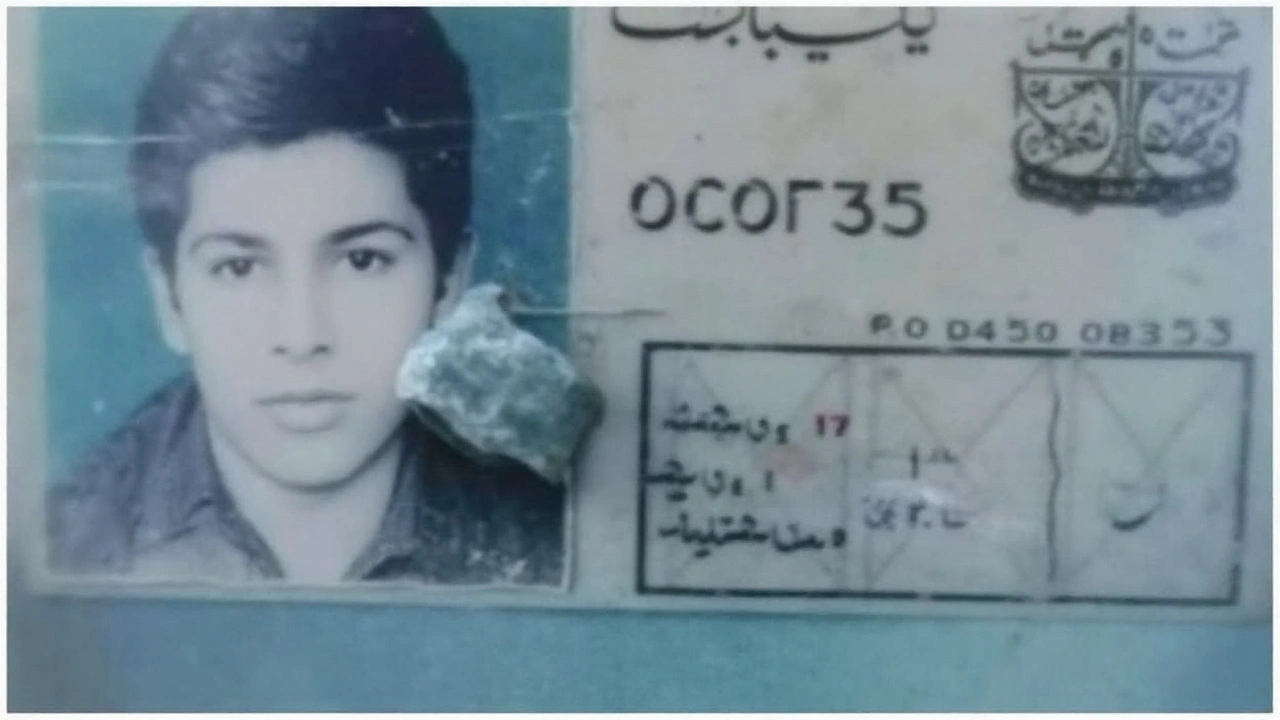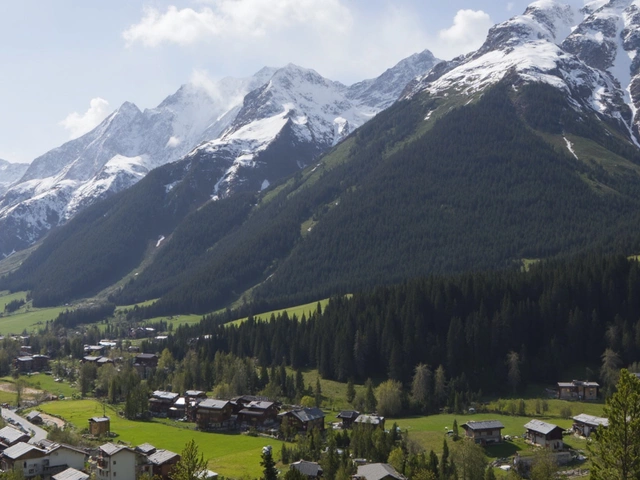Glacier Yields Body of Man Missing Since 1997
On the last day of July 2025, a shepherd in Pakistan’s Kohistan region stumbled upon a sight no one was prepared for: a perfectly preserved body emerging from the melting Lady Meadows glacier. The remains belonged to 31-year-old Nasiruddin, lost to his family and the world since 1997. Thanks to the intact identity card still on the corpse, the mystery vanished within minutes. For the shepherd’s community, and for Nasiruddin’s family, the news brought a strange kind of closure.
Back in 1997, a heated family dispute turned life upside down. Nasiruddin and his brother, Kaseeruddin, left everything behind and escaped to the frozen wilderness. The desperate brothers hid in a cave, hoping time would soften wounds. Tragedy struck when Nasiruddin slipped and fell into a crevasse. Search parties, spearheaded by his family, scoured the hostile terrain for weeks. The mountains gave no answers, and for nearly three decades, hope for his return flickered quietly.
What makes this story stand out isn’t just the length of time Nasiruddin lay hidden, but the condition of his body. Glaciers are natural deep freezers—cold and dry, with almost no humidity. These conditions can create what scientists call natural mummification. His remains looked surreal: preserved as if time barely touched him, a stark reminder that nature sometimes acts as its own historian.

Melting Glaciers—Climate Change Unveils Uncomfortable Truths
The real catalyst for this discovery wasn’t a lucky sheep herder. It was the planet’s rising fever. Pakistan is home to more than 13,000 glaciers, most found in the mountainous north. These vast rivers of ice are melting at a record pace, thanks to climate change and increasing global temperatures. The Lady Meadows glacier had slowly receded over the years, revealing secrets kept in the ice. Similar discoveries have been reported as melting exposes everything from lost hikers to ancient artifacts.
For Nasiruddin’s family, the phone call brought mixed feelings: relief to finally lay him to rest, and grief for 28 years lost. Malik Ubaid, his nephew, said their family had exhausted every avenue to bring him home. Now, with the help of his brother Kaseeruddin, they could close a long and painful chapter. They buried Nasiruddin on August 6, 2025, just days after confirmation.
The case paints a striking picture: glaciers don’t just hold water, they lock away the past. As global warming continues, more stories like Nasiruddin’s will resurface from the ice. For families of the missing and the scientists studying Earth’s changing face, each reveal is both a comfort and a warning—but always a human story at its core.





